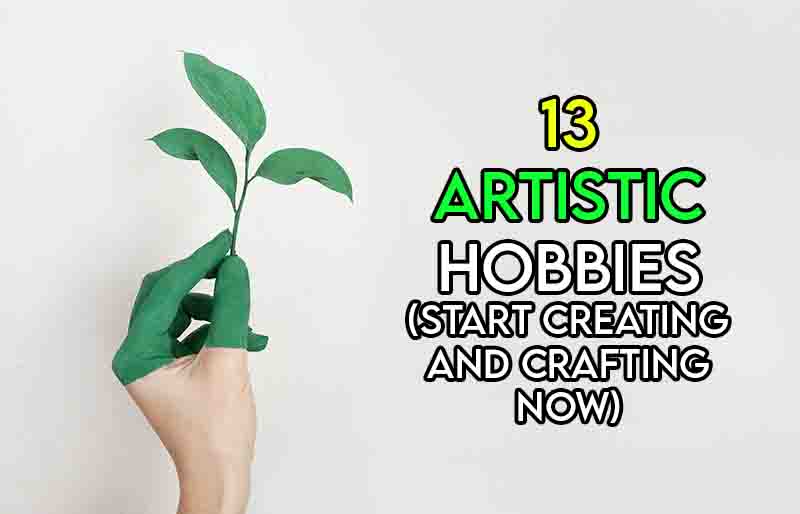Introduction
For artistic people, there are few things more enjoyable than spending your day making something from scratch or channeling your emotions into something abstract that makes you feel whole again.
In some cases, artistic people find it hard to express themselves through traditional means such as practical work, or even when trying to communicate via speech, hence why other conduits for their emotions and forms of expression (such as painting) can allow them to form a strong identity.
In fact, we believe that hobbies make up the foundation for a very strong, well-rounded person and that everyone should have at least one.
In this case, we’ve constructed a list of artistic hobbies that you can indulge in to help pass the time in a more creative way — let’s take a look.
Art Attack: 13 Artistic Hobbies To Express Your Inner Creativity
1. Sculpting
Sculpting is great for artistic people because it allows them to create something in a three-dimensional format meaning there’s greater scope for detail and input.
It’s also relatively cheap and most types of clays can be remolded quite easily meaning you’re free to play around without needing to worry about running out of resources too quickly.
In fact, sculpting (as a practice) is one of the most intuitive processes and requires you to understand how to use your fingers, hands, and the tools you’ll most likely use for detailing – this means it’s an enjoyable hobby from the get-go even though it has a relatively high skill ceiling.
Basically, it’s designed to be messy, creative, and a bunch of fun whereby you shouldn’t make the process so serious in the beginning.
Once you get a better understanding of how to manipulate the material you’re working with, you’ll start to form a basis of what can be achieved — until then, just have a blast.
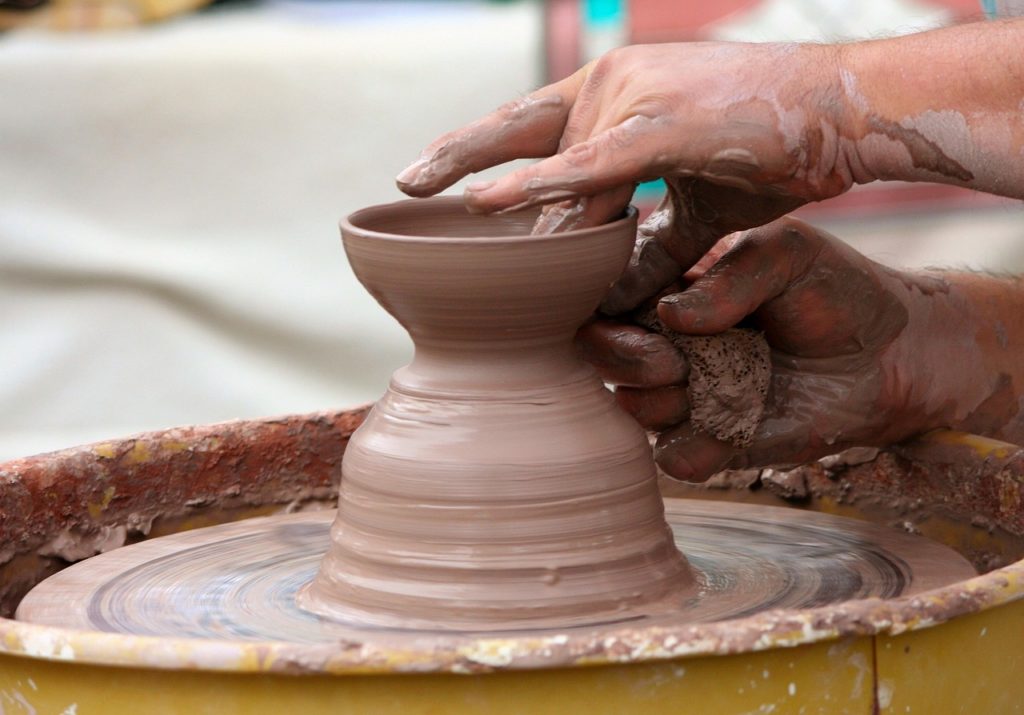
2. Photography
Photography is unique as an artistic hobby mainly because pictures are judged much like paintings, it’s all about what the viewer perceives and whether you’ve done a good enough job to convey the point you were trying to present with the image.
However, that’s one of the strong suits of photography — it’s all in the eye of the beholder and you really don’t need to overthink the process.
Yes, you could totally focus on all the technical aspects of photography, but we think it’s better to just snap away and discover each feature for yourself when you encounter a situation that might warrant using it.
The only caveat being is that photography can have a relatively high initial startup cost, though, most cameras should last for many years if you treat them with care, and can ultimately provide you with thousands of hours of joy which we think is a brilliant return on investment.
3. Painting
Painting is probably the first thing you thought of when you saw the words “Artistic Hobbies”, and that’s because it’s synonymous with the world of arts and crafts.
Nothing is more on-the-nose, artistically speaking, than painting a portrait or abstract piece of work on a blank canvas from the depths of your imagination.
The sheer simplicity of using a few pigments or mediums to leave impressions on a blank canvas with your paintbrush (or fingers) means it’s easy to pick up, plus, the barrier for trying it is non-existent and there aren’t really any defined standards to which someone is good or bad.
In fact, there are many ways to start painting, not only with a traditional brush and canvas but also with spray cans too or other novel methods of applying paint to a surface.
The only limiting factor of what you can come up with will be your own imagination, so enjoy the process and give it a go.
4. Learn/play an instrument
A slightly different, but still artistic hobby, is learning to play an instrument such as the keyboard or guitar.
The process is quite intuitive and deeply expressive, though, without needing to say or display anything in particular other than simply playing the instrument.
The main drawback to playing an instrument is that there is usually a steep learning curve at the beginning which usually means most people will give up on it quite quickly, however, for those that persist, their efforts are rewarded in one of the most expressive and artistic pastimes we can think of.
Don’t be afraid to try different instruments out at first at your local music shop; even more exotic instruments like the harmonica or drums can be a really enjoyable way to spend your day.
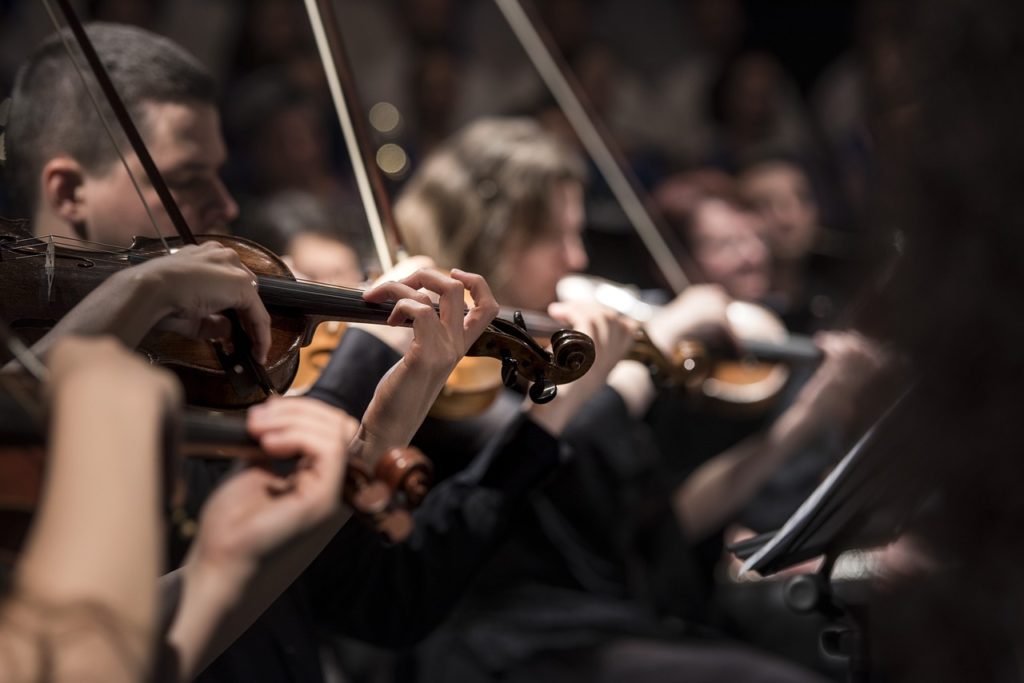
5. Crochet
Crochet is great for artistic people who’re wanting to try their hand at something very creative and also extremely practical.
It might lack the depth of some other textile-based pastimes such as knitting, but with how simple it is, it means anyone can try crochet and make some relatively decent garments or wooly items.
Plus, knowing crochet is great for those moments where you need to gift someone something more personal or when you can’t think of a gift to get them.
It’s also a rather calming process meaning it can help you unwind — once you get good enough you’ll be able to do it on autopilot whilst watching TV or listening to music.
6. Skateboarding
Skateboarding may not seem artistic on the surface, but it’s actually one of the most expressive sports in existence.
It also has a strong cult following of which its roots spread widely into many different industries including music and video gaming — Tony Hawk defined skateboarding in the nineties and released his widely successful Tony Hawk’s Pro Skater game in conjunction with Neversoft to massive worldwide acclaim.
At a more base level, skateboarding involves performing a variety of tricks, whether in the street, at a vert park, or even on flat ground like Rodney Mullen.
This gives it a certain artistic quality, especially in terms of creating a mesmerizing display for other people to watch and enjoy — it’s also just a really great way to express yourself physically too, but in a more artistic manner, sort of like dance.
7. Rock Tumbling
Rock tumbling is great because it doesn’t require a ton of technical skill but can still allow you to channel your creative and artistic energies.
In case you didn’t know, rock tumbling is a process whereby you’ll collect rocks and will tumble them (in a tumbler) until they’re smoothed down and start to reveal unique mineral patterns giving them a certain charm.
They’re highly decorative and can be displayed around your home, though, if you’re feeling thrifty you can even sell them on for a little bit of profit.
Plus, the material is mostly free as you can collect it from local coastlines or from rocky areas where you’ll find rocks in almost infinite abundance.
8. Woodworking
Woodworking is one of the most practical skills you can learn, but it’s also one of the most artistic craft hobbies thanks to how versatile it is and because of how many applications it can have for creating things.
Literally, you can make furniture, bowls, utensils, and can even change the structure of your home if you’re willing to put in the effort.
It’s no wonder that woodworkers and joiners can command some of the highest salaries in the world for the services they can provide — they really are magicians when they put their mind to it.
If you’d like to have that kind of power then we really can’t think of anything better than woodworking that combines both practicality and artistic creation.
9. Furniture Restoration
As far as being artistic goes, few things are as challenging or as inventive as being able to bring a disused or worn-out piece of furniture back to life in a way that can recapture the magic it once offered.
Mainly, that’s because you’re working within strict and defined parameters — you can’t just work from a blank slate and come up with something new.
However, given the time, it’s easy to come to appreciate the satisfaction that this hobby can offer, and in fact, it’s actually one of the most lucrative services if you can manage to monetize it by offering your skills through a business front.
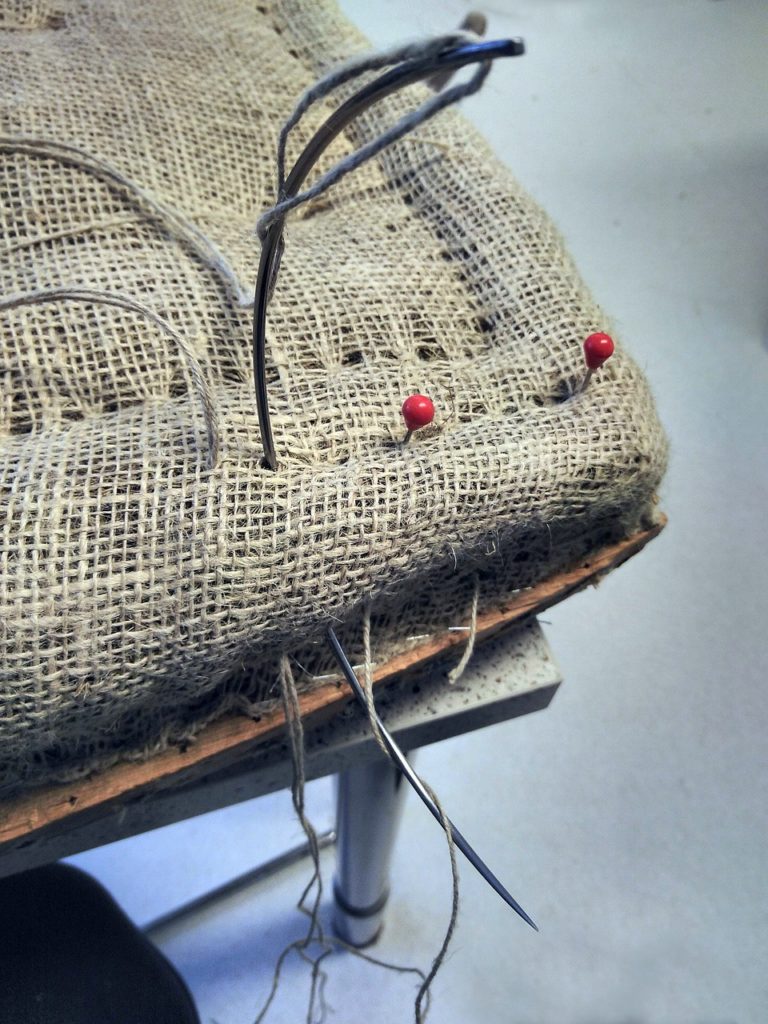
10. Worldbuilding
Worldbuilding is probably one of the most detailed and artistically creative hobbies on this list thanks to how wide-ranging some of the skills needed are to bring your world to life.
J.R.R. Tolkien is one of the most notable worldbuilders in which he wrote stories, detailing the nuance of different characters, explained the different factions and politics within Middle-Earth (and beyond), created entire languages for each entity to speak, and had even drawn-out sketches of landscapes and the creatures that inhabited the world.
If you really want something truly artistic that will allow your mind to go totally wild with ideas, then worldbuilding might be the best option thanks to the scope of how far you can take it.
11. Gardening
Gardening is similar in a way to designing good architecture; you need to have a good eye for things that flow well and also need to add a creative twist to offer something unique.
In fact, gardening can really allow you to channel your creative energies in a healthy and paced manner — it’s a stress-free pastime and can be learned and engaged with over months and years, rather than needing to operate within the confines of short time spans.
Whether you choose to grow beautiful flowers or would prefer something more practical such as fruit yields, gardening is one of the most diverse and artistic hobbies we can think of
12. Calligraphy
Calligraphy is artistic by nature, mainly because the whole point of doing it is to stylize or beautify your lettering to create a certain appeal.
In times of old, it was just good practice to have legible lettering so you could negotiate in a clear manner with lords and ladies, however, as time has gone on, calligraphy is now used to make striking signs and marketing billboards whereby you can use your pretty lettering to make it stand out.
At its most base level, though, calligraphy is a calming hobby and can offer meditative-like qualities — it’s a relaxing way to spend the day whilst the rain is beating down outside.
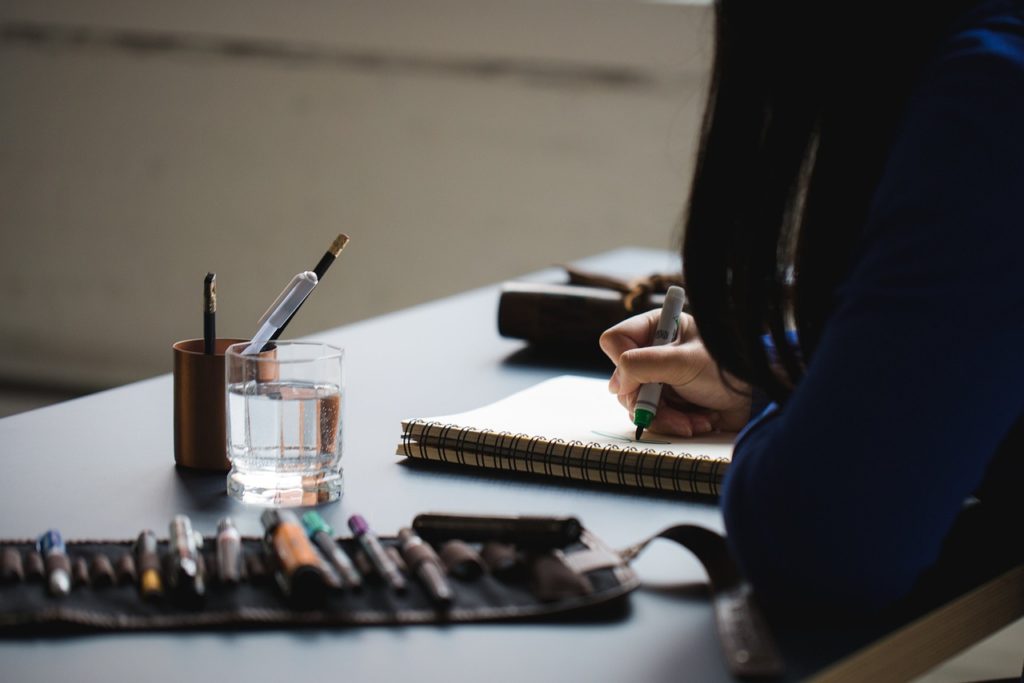
13. Origami
Last, but certainly not least, origami is artistic in nature mainly because it draws on certain aspects of engineering and geometry.
Yes, there is a method to the madness, however, there are almost infinite combinations you can try when it comes to paper folding that can ultimately lead to something new and unique.
It really depends on how deep you’re willing to go with it; in some cases, you may just want to practice copying folding patterns so you can make decorative paper structures, however, some prefer to try folding on the fly whereby they can really test their ingenuity.
Similar Articles
- 11 Puzzle Hobbies for Curious Minds (Start Solving Now)
- Good Hobbies That Anyone Can Do Right Now (Top 30 Roundup)
- Top 21 DIY Hobbies to Get You Making, Breaking, and Creating
- 22 of the Best Hobbies to Do at Home: Make the Most of Your Spare Time (Alone or With Family)
Don’t Forget
As always, if you enjoyed our article or found it helpful then feel free to save our homepage to your favorites for regular topics similar to this one.
